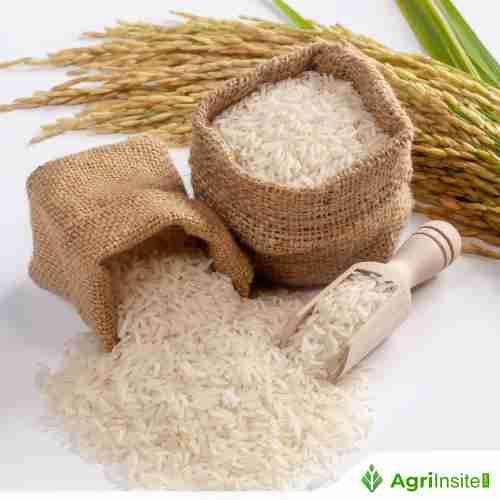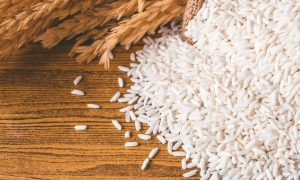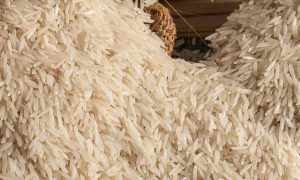West Bengal : Aromatic rice prices soar to 2.5 times in Burdwan

Aromatic rice prices in East Burdwan have skyrocketed to ₹190/kg, up from ₹50 in January, causing concern among traders and consumers. Officials blame paddy hoarding, poor Kharif yields, and heavy rains. Farmers are withholding stocks amid export demand and price speculation, prompting a district-level investigation.
Traders and consumers are struggling to cope with soaring prices of aromatic rice in the retail market – even at its birthplace in East Burdwan, Bengal’s rice bowl.
Traders and rice millers have complained that unauthorised hoarding of paddy by farmers, combined with incessant rains, has created the crisis. The East Burdwan district administration has finally taken note of the situation. District magistrate Ayesha Rani A said: “We have begun an investigation to identify the actual reasons behind this in order to work towards a solution.”
The price per kilogram of aromatic rice such as Basmati and Gobindabhog has now reached Rs 190, up from just Rs 50 in the first week of January. “The price has climbed to this level in just three months and has spiralled out of control over the past 45 days,” said Dasrath Prasad Agarwal, owner of a rice mill dedicated to processing aromatic rice in Burdwan. “In our district, 70 mills work exclusively with aromatic rice; of these, 45 supply the domestic market, while 25 produce for export.”
The price of Gobindabhog rice has doubled, while that of Basmati has risen to 2.5 times its earlier level in the retail market, due to a severe demand-supply imbalance. Exports to the Middle East and southern Indian states have further deepened the shortage in the domestic market. Farmers, anticipating further price hikes, have been reluctant to release their stocks. In March, a 60 kg bag of various aromatic paddy varieties was priced between ₹2,700 and ₹3,000; farmers are now selling it at Rs 7,200.
Biswajit Mallik, secretary of the Bengal Paddy Traders’ Association in Burdwan, explained: “In the last Kharif season, Gobindabhog and Basmati saw lower yields, prompting farmers to hoard their produce.” He also fears reduced cultivation this season, saying: “Unrelenting rains for 50 days have devastated sowing, and more than 25 per cent of farmland earmarked for aromatic paddy has yet to be sown.”
Only five districts in Bengal produce aromatic rice in India. According to Amar Kumar Mondal, deputy director of agriculture, East Burdwan cultivates aromatic paddy on 45,000 hectares, with an average yield of nearly 3 metric tonnes per hectare. Blocks such as Khandaghosh, Raina-I, and Raina-II account for the lion’s share of production.
To Read more about Rice News continue reading Agriinsite.com
Source : The Statesman














